When To Use Nd Filters Drone ?
ND filters are commonly used in drone photography and videography to control the amount of light entering the camera lens. They are particularly useful in situations where the lighting conditions are very bright, such as during sunny days or when shooting over reflective surfaces like water or snow. ND filters help to reduce the amount of light reaching the camera sensor, allowing you to achieve more balanced exposures and avoid overexposed images or videos. By using ND filters, you can also achieve slower shutter speeds, which can be beneficial for capturing motion blur or creating smooth, cinematic footage. Overall, ND filters are essential tools for drone operators who want to have more control over their exposure settings and achieve professional-looking results in various lighting conditions.
1、 Purpose of ND filters in drone photography and videography
When to use ND filters on a drone is a common question among drone photographers and videographers. ND filters, or Neutral Density filters, are essential tools for achieving professional-quality aerial footage in various lighting conditions. The purpose of ND filters in drone photography and videography is to control the amount of light entering the camera sensor, allowing for more creative control over exposure settings.
ND filters are particularly useful in situations where the lighting conditions are too bright for the camera's settings. They help to reduce the amount of light entering the lens, preventing overexposure and allowing for slower shutter speeds. This is especially important when shooting in bright sunlight or capturing fast-moving subjects, as it helps to avoid motion blur and maintain sharpness in the footage.
Additionally, ND filters can enhance the overall image quality by reducing the dynamic range of the scene. They help to balance the exposure between the bright sky and the darker ground, resulting in more evenly exposed footage. This is particularly beneficial when shooting landscapes or aerial shots with a wide dynamic range.
Furthermore, ND filters can also be used creatively to achieve specific visual effects. For example, using a higher density ND filter can create long exposure effects, such as capturing smooth water or creating motion blur in moving objects. This adds a unique and artistic touch to the footage.
In summary, ND filters are essential tools for drone photographers and videographers to control exposure, balance dynamic range, and achieve creative effects. They are particularly useful in bright lighting conditions and when shooting landscapes or fast-moving subjects. By using ND filters, drone operators can elevate the quality and creativity of their aerial footage.
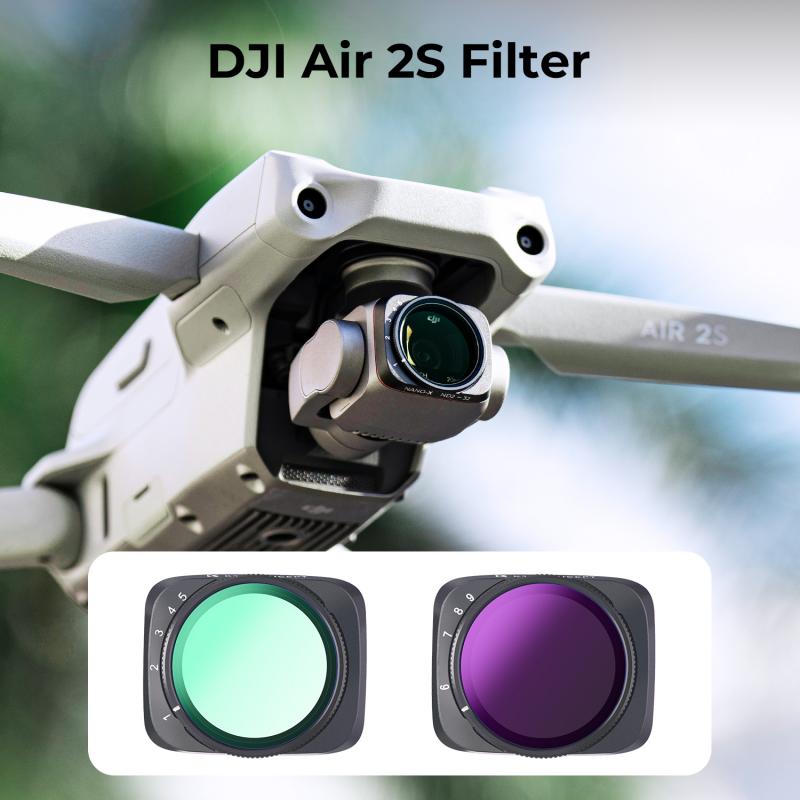
2、 Types of ND filters for drones and their uses
When to use ND filters on a drone depends on the lighting conditions and the desired effect you want to achieve in your aerial photography or videography. ND filters, or neutral density filters, are used to reduce the amount of light entering the camera lens without affecting the color or contrast of the image. This is particularly useful in situations where the lighting is too bright, such as during midday or in snowy landscapes, as it allows you to maintain a proper exposure and avoid overexposed or washed-out images.
ND filters come in different strengths, usually measured in stops, such as ND4, ND8, ND16, etc. The higher the number, the darker the filter and the more light it blocks. The choice of ND filter strength depends on the lighting conditions and the effect you want to achieve. For example, a lighter ND4 filter may be suitable for slightly reducing light on a cloudy day, while a darker ND16 filter may be necessary for shooting in bright sunlight.
ND filters are commonly used in drone photography and videography to achieve a few specific effects. Firstly, they can be used to create motion blur in videos by allowing for longer exposure times. This can be particularly useful when capturing moving subjects, such as waterfalls or cars, as it adds a sense of motion and dynamism to the footage. Secondly, ND filters can help to reduce the shutter speed, resulting in smoother and more cinematic footage. Lastly, they can also help to reduce lens flare and glare caused by direct sunlight, resulting in clearer and more vibrant images.
In summary, ND filters for drones are used when the lighting conditions are too bright and you want to maintain a proper exposure, avoid overexposure, create motion blur, achieve smoother footage, and reduce lens flare. The choice of ND filter strength depends on the specific lighting conditions and the desired effect.
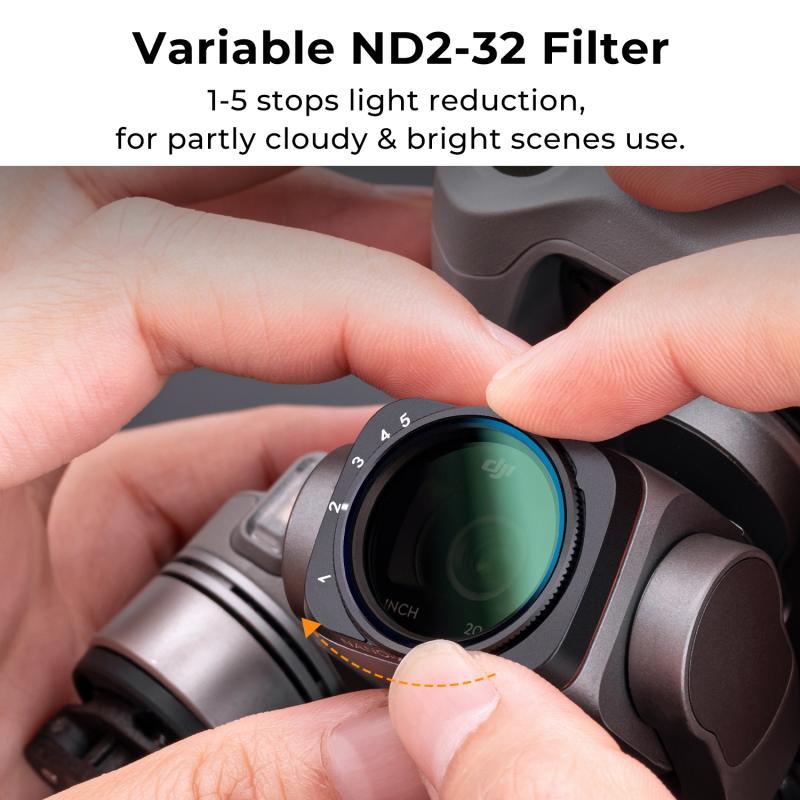
3、 Conditions when using ND filters is beneficial for drone footage
Conditions when using ND filters is beneficial for drone footage:
1. Bright and sunny conditions: ND filters are particularly useful in bright and sunny conditions when there is an abundance of natural light. These filters help to reduce the amount of light entering the camera sensor, preventing overexposure and allowing for better control over the exposure settings. This is especially important when shooting in high contrast situations, such as landscapes with bright skies and dark shadows.
2. Long exposure shots: ND filters are essential for capturing long exposure shots with drones. By reducing the amount of light entering the camera sensor, ND filters allow for longer exposure times, resulting in smooth and silky waterfalls, rivers, or even capturing light trails from moving vehicles. This can add a creative and dynamic element to your drone footage.
3. Cinematic effects: ND filters can also be used to achieve cinematic effects in drone footage. By using a higher density ND filter, you can decrease the shutter speed, resulting in motion blur. This can create a more cinematic and professional look to your footage, especially when capturing fast-moving subjects or creating smooth panning shots.
4. Controlling the aperture: ND filters can also help in controlling the aperture of the camera. By reducing the amount of light entering the sensor, ND filters allow for wider apertures to be used, resulting in a shallower depth of field. This can be particularly useful when shooting subjects up close, such as landscapes or people, as it can create a more visually appealing and professional look.
In conclusion, ND filters are beneficial for drone footage in bright and sunny conditions, for capturing long exposure shots, achieving cinematic effects, and controlling the aperture. They provide greater control over exposure settings and allow for more creative and professional-looking footage.
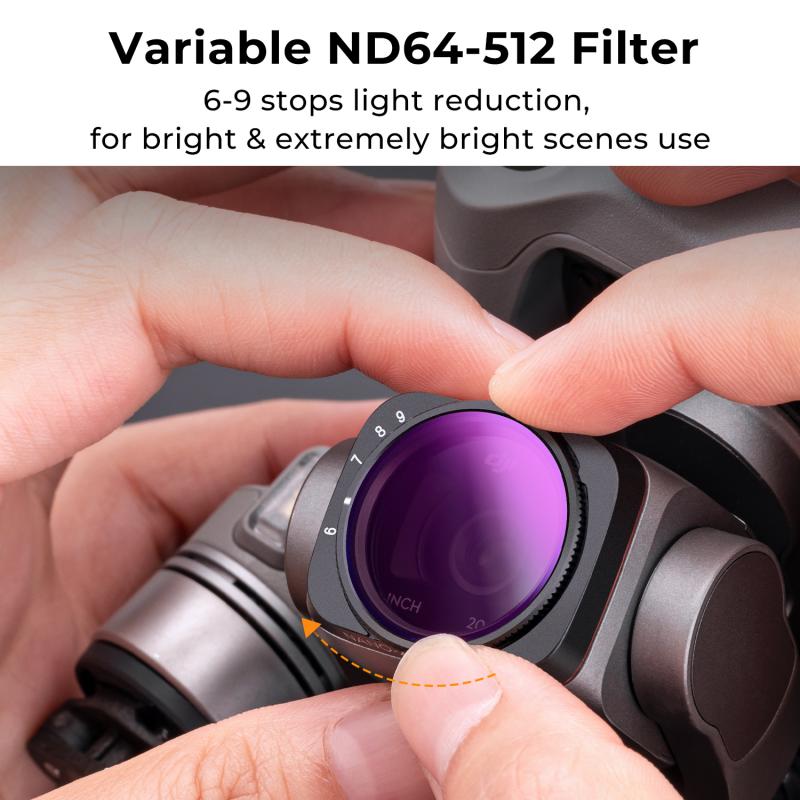
4、 How to choose the right ND filter for your drone
When to use ND filters on a drone is a common question among aerial photographers and videographers. ND filters, or neutral density filters, are essential tools for achieving professional-quality footage in various lighting conditions. They help control the amount of light entering the camera lens, allowing for better exposure and creative control over shutter speed and aperture settings.
ND filters are particularly useful in bright, sunny conditions where the camera's shutter speed needs to be reduced to avoid overexposure. By slowing down the shutter speed, ND filters help create motion blur in videos or capture long-exposure shots in photography. This is especially important when shooting landscapes, waterfalls, or any subject that requires smooth and flowing movement.
Choosing the right ND filter for your drone depends on the lighting conditions and the effect you want to achieve. ND filters come in different strengths, usually measured in stops, such as ND4, ND8, ND16, and so on. The higher the number, the darker the filter and the more light it blocks. For bright, sunny days, a higher ND filter like ND16 or ND32 is recommended to reduce the amount of light entering the lens.
It's important to note that the specific ND filter you choose may vary depending on the camera and drone model you are using. Some drones have built-in camera settings that compensate for bright lighting conditions, reducing the need for ND filters. However, for professional-grade footage, using ND filters is still highly recommended.
In recent years, there has been a growing trend towards using variable ND filters for drones. These filters allow you to adjust the strength of the filter by rotating it, providing more flexibility in different lighting conditions without the need to carry multiple filters. Variable ND filters are a convenient option for drone pilots who want to quickly adapt to changing light conditions during a flight.
In conclusion, ND filters are essential accessories for drone photography and videography, especially in bright, sunny conditions. Choosing the right ND filter depends on the lighting conditions and the desired effect. Variable ND filters offer added convenience and flexibility. Always consider the specific camera and drone model you are using, as well as the latest advancements in ND filter technology, to make an informed decision.
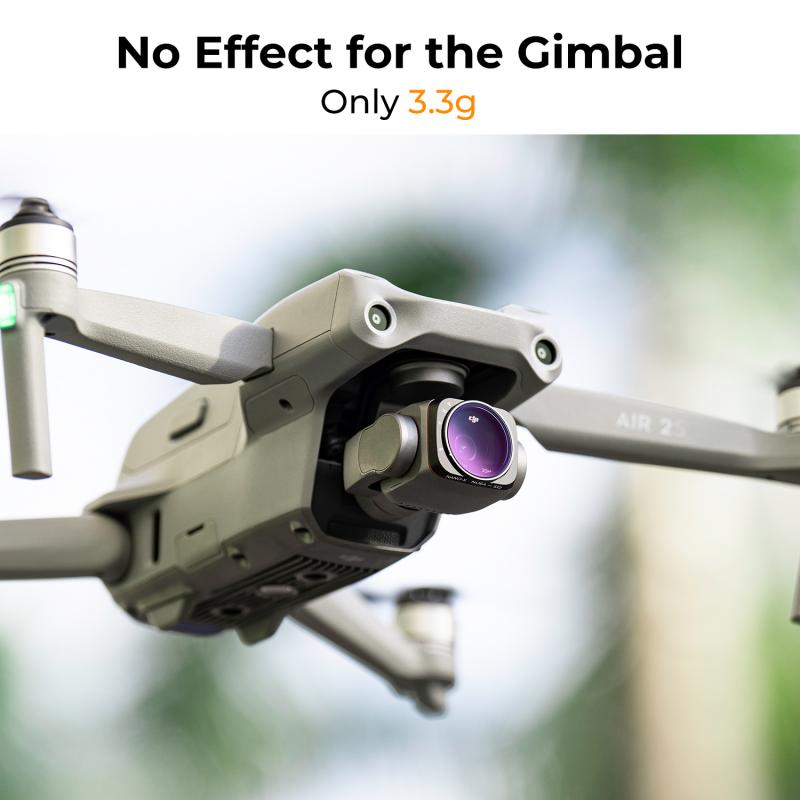

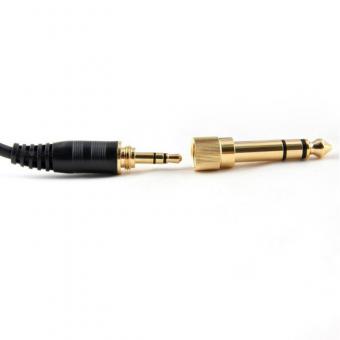







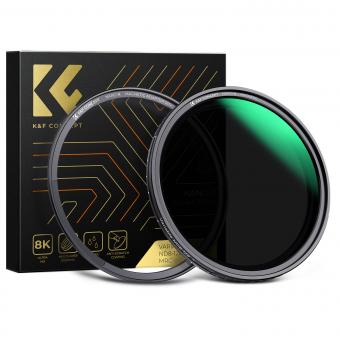
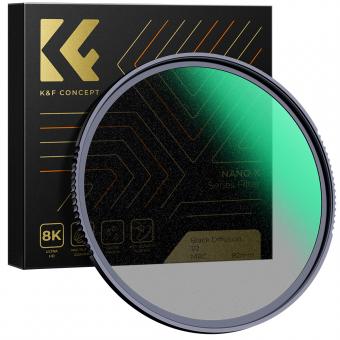


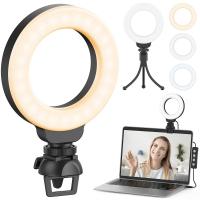
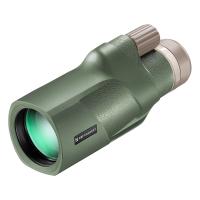






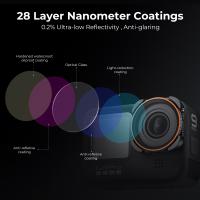
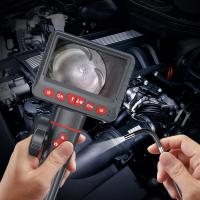

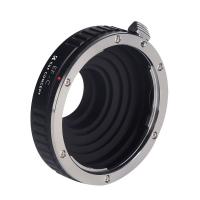
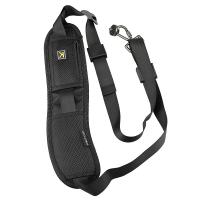
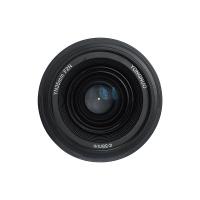
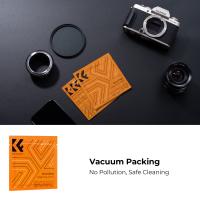
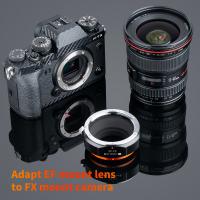

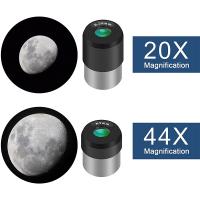
There are no comments for this blog.